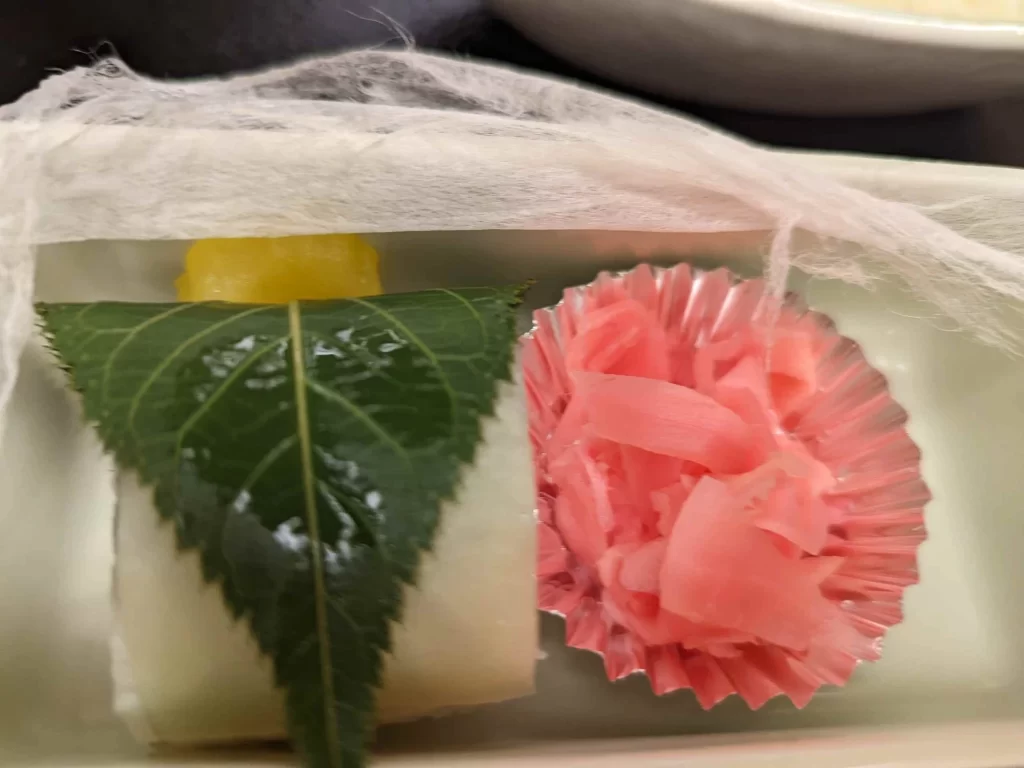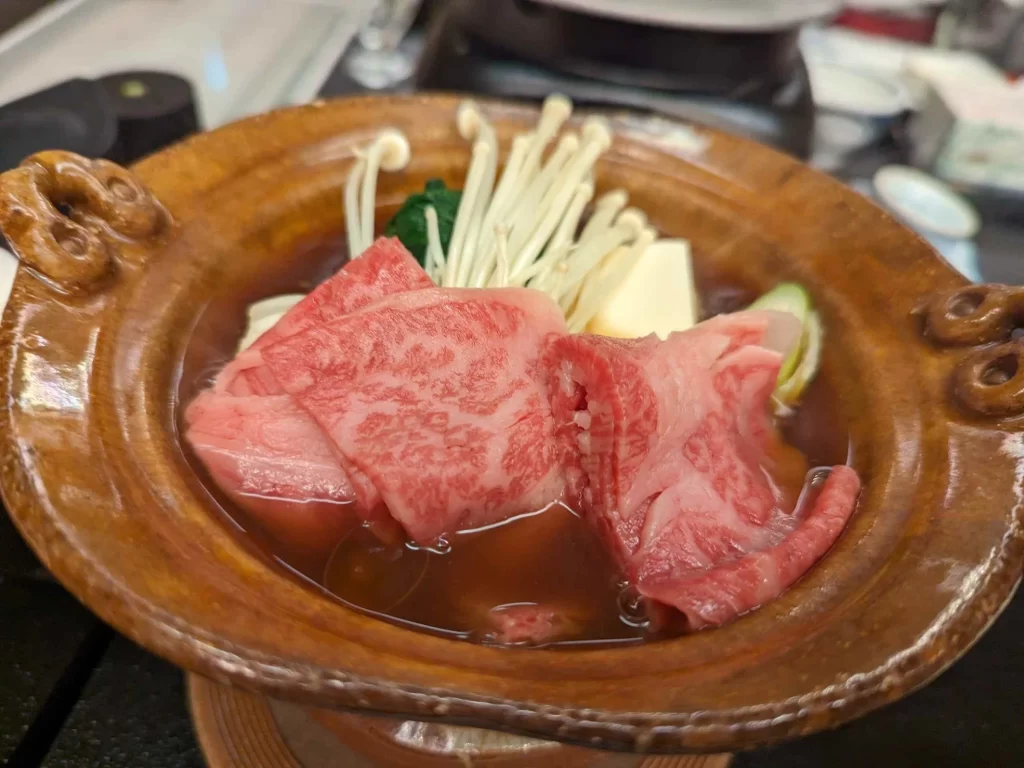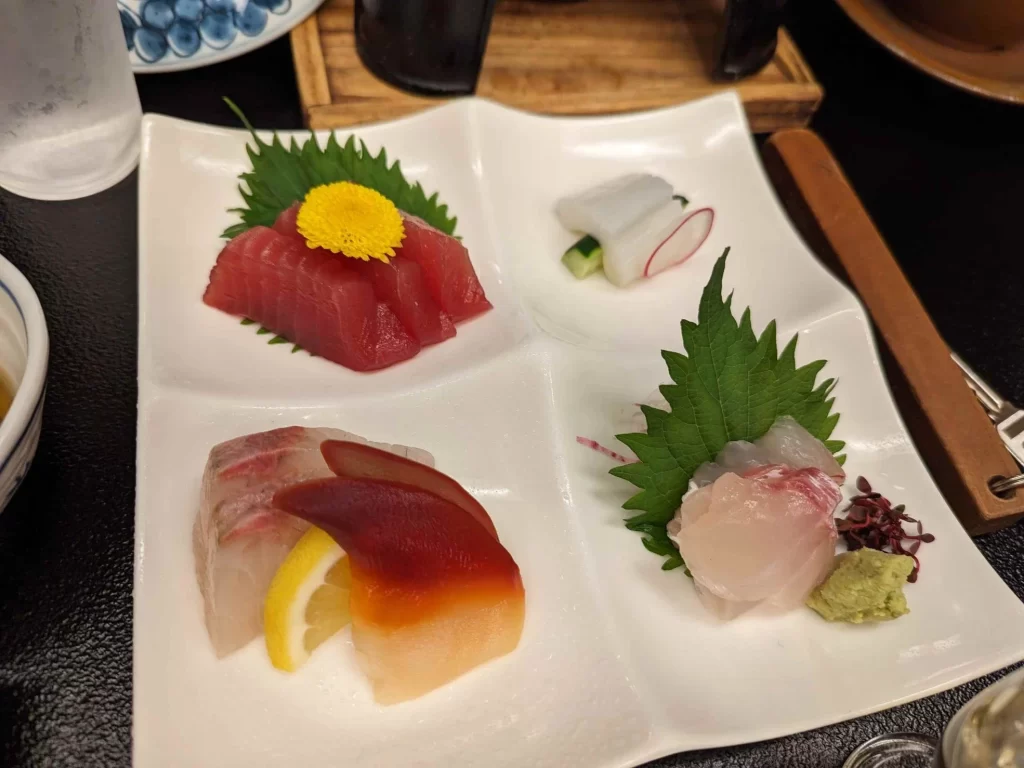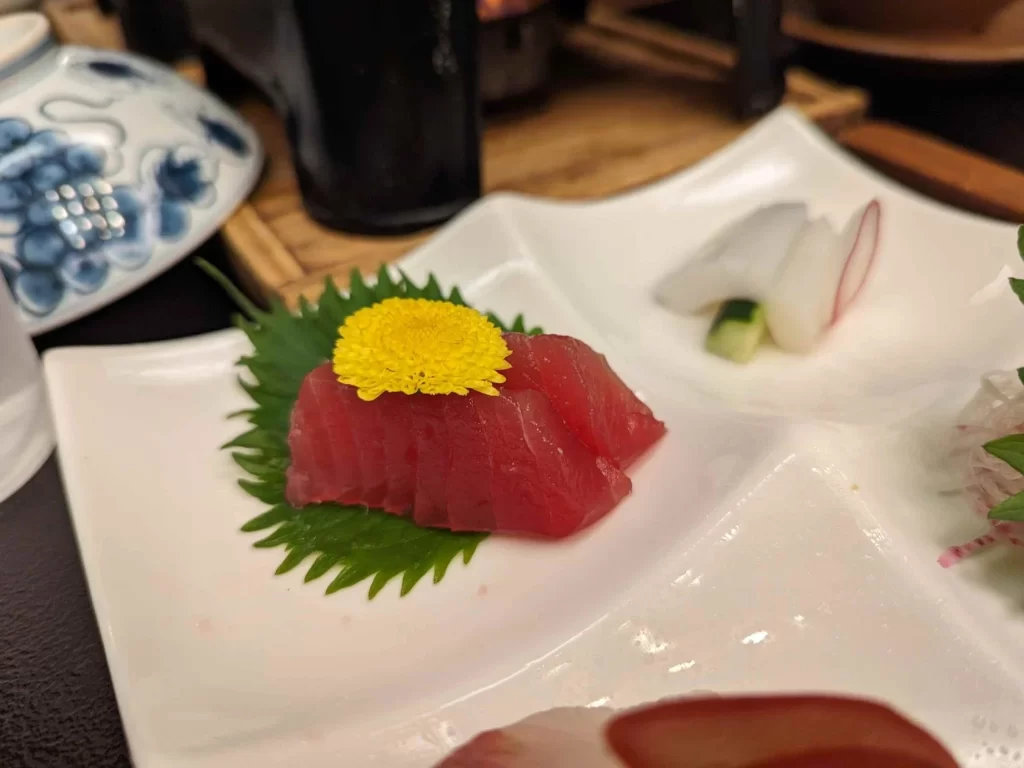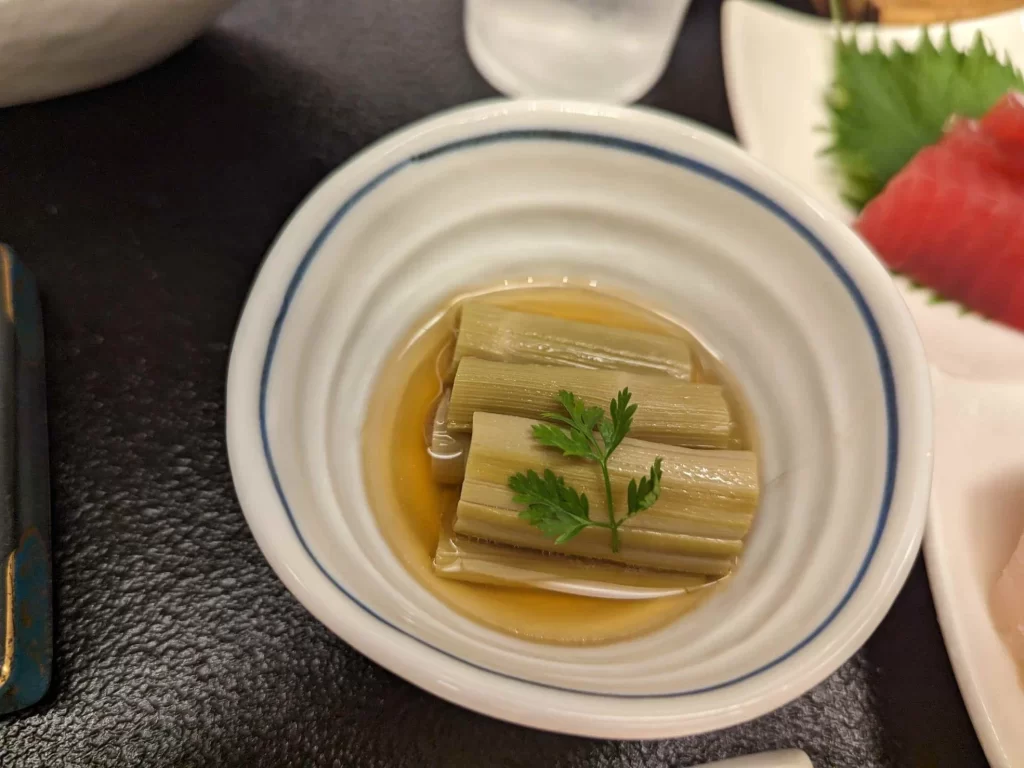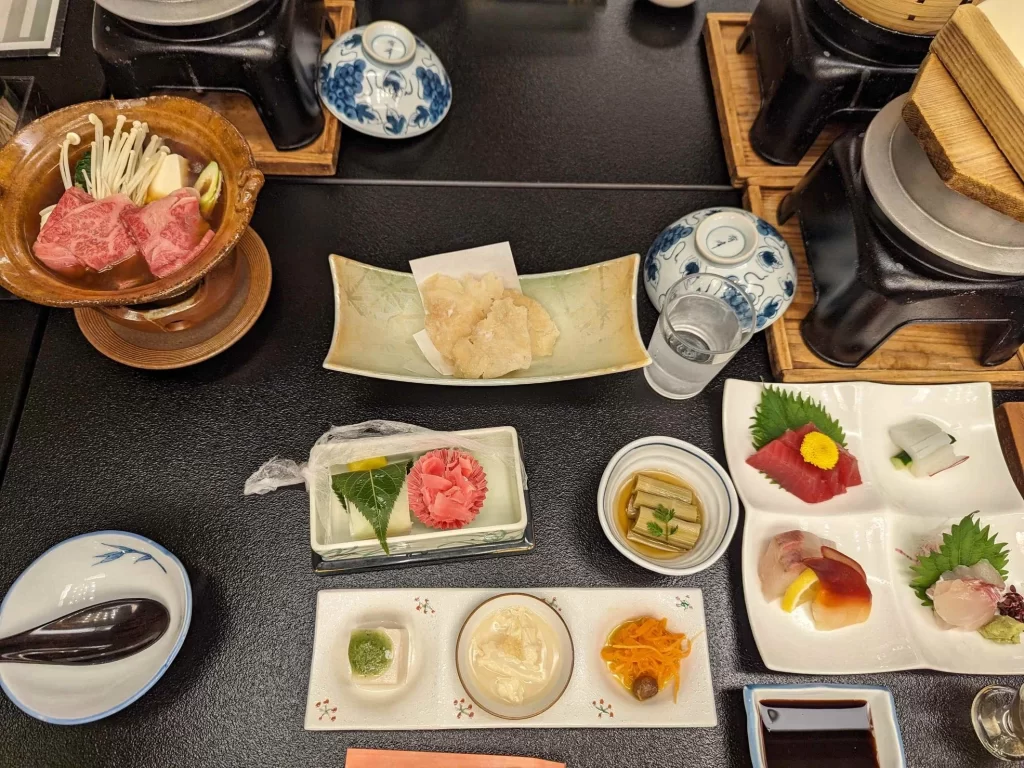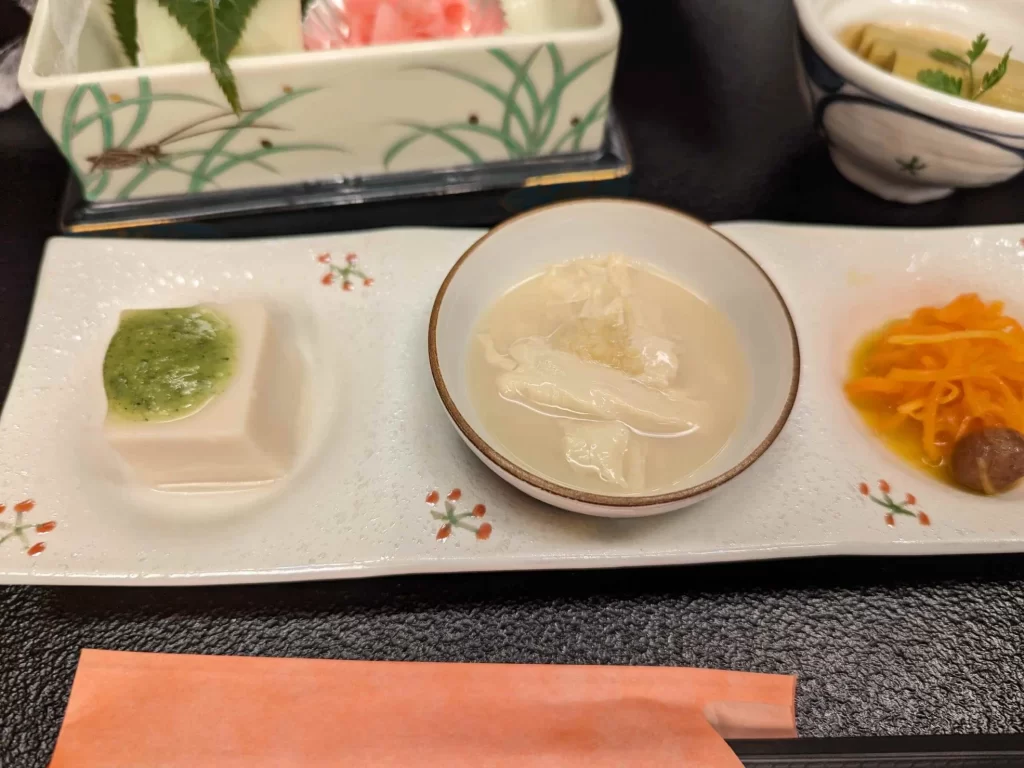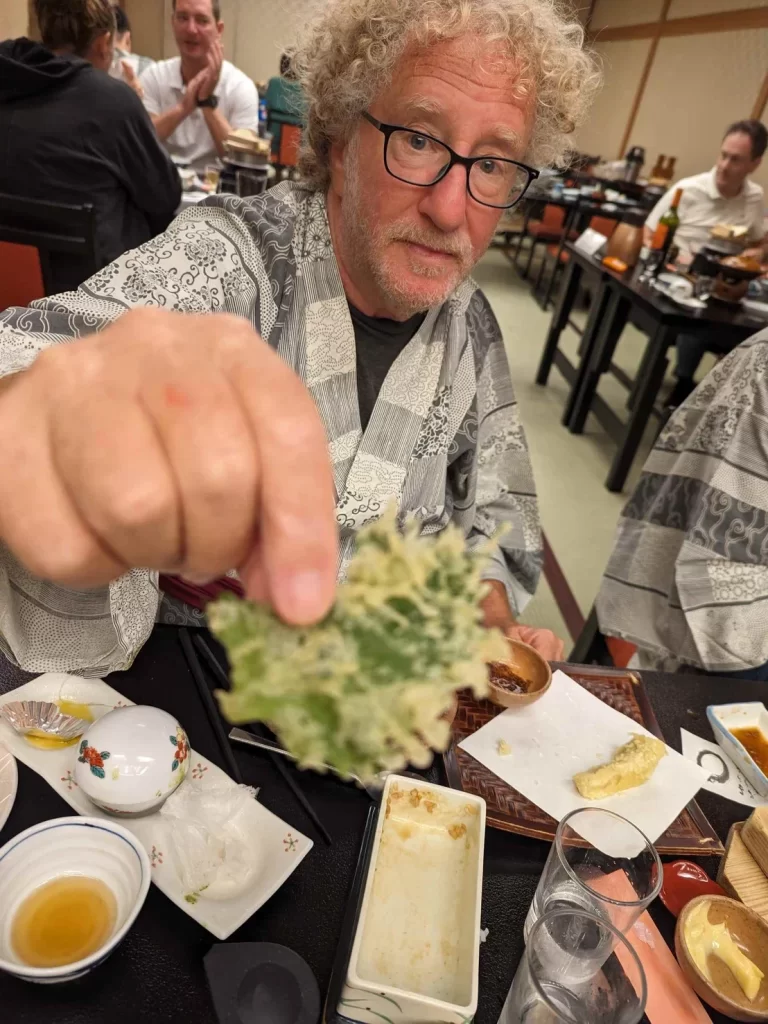Day 6, 4th day of shvil
Chikatsuyu to Hongu Grand Shrine
We were about to embark on the scariest day’s walk, a 17 km hike up and down mountains with more serene forests and stunning views. Of course, 17 km is what the guide book says. By day’s end, our fitness apps continued to disagree whether we had covered 22, 25 or 27 km. It didn’t matter. It was tough and incredibly satisfying to know that at 64 years old we could still cover the terrain and that distance in a single day.
This 17 km hike was actually the intermediate option of three options. It enabled us to catch a bus from Chikatsuru to a point 10 km down the road. The longer, full length option would have had us walking 25 km in 9 hours. “Option” is probably an incorrect word. It was never an option for us. The short option meant that we would miss the essence of walking through the mountains and challenging ourselves.
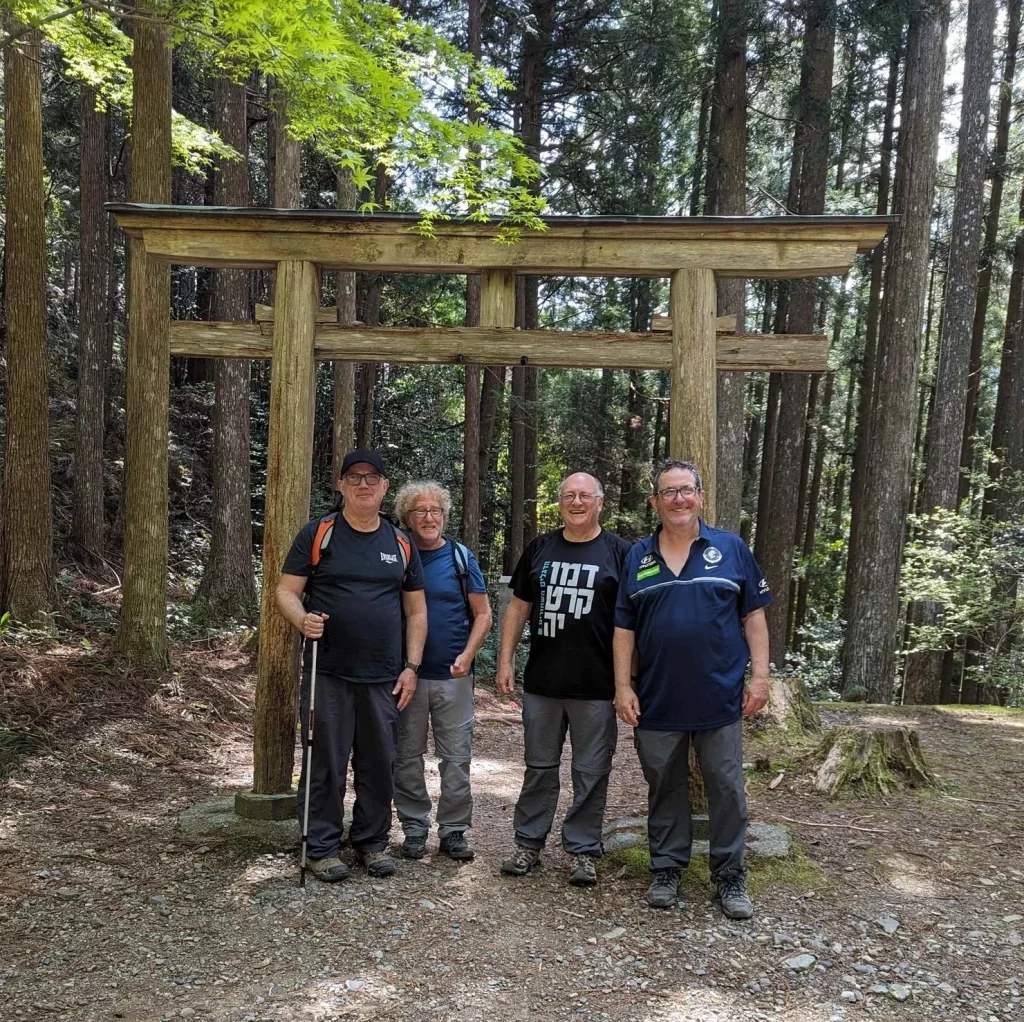
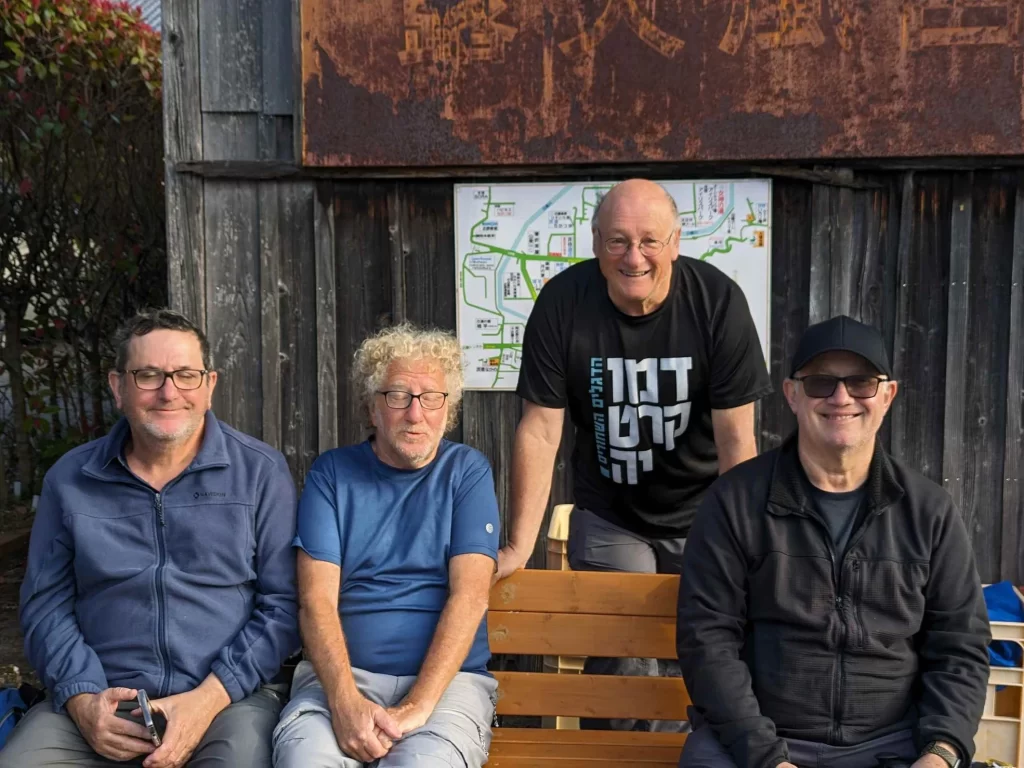

After alighting the bus we started today’s walk with a gentle 500 metres stroll. This was more like it. The trail crossed a log bridge over a river and joined the actual Kumano Kodo trail, which meant, of course, starting with a steep uphill. And it was just as steep as any of the inclines from the three previous days. What goes up must come down, so once we reached the mountain pass, it was a long pleasant downhill, mostly through forest and by a river, followed by another obligatory uphill. We saw a number of snakes by the path, heard birds chirping overhead and frogs croaking in the stream. I was in Gamai Lama nirvana. Between the forests, clearings, ruined, abandoned settlements and mountain passes, the walking was exhilarating. We also passed many shrines along the way, dedicated to the spirits, asking them to ward off disease, fatigue, hunger and even death. I get it. Each ascent seemed harder than the last, even if objectively it wasn’t. After 10 km you start to tire. At the 14 km mark even a gentle incline drained our energy. We were starting to ask the shrine spirits for their assistance.
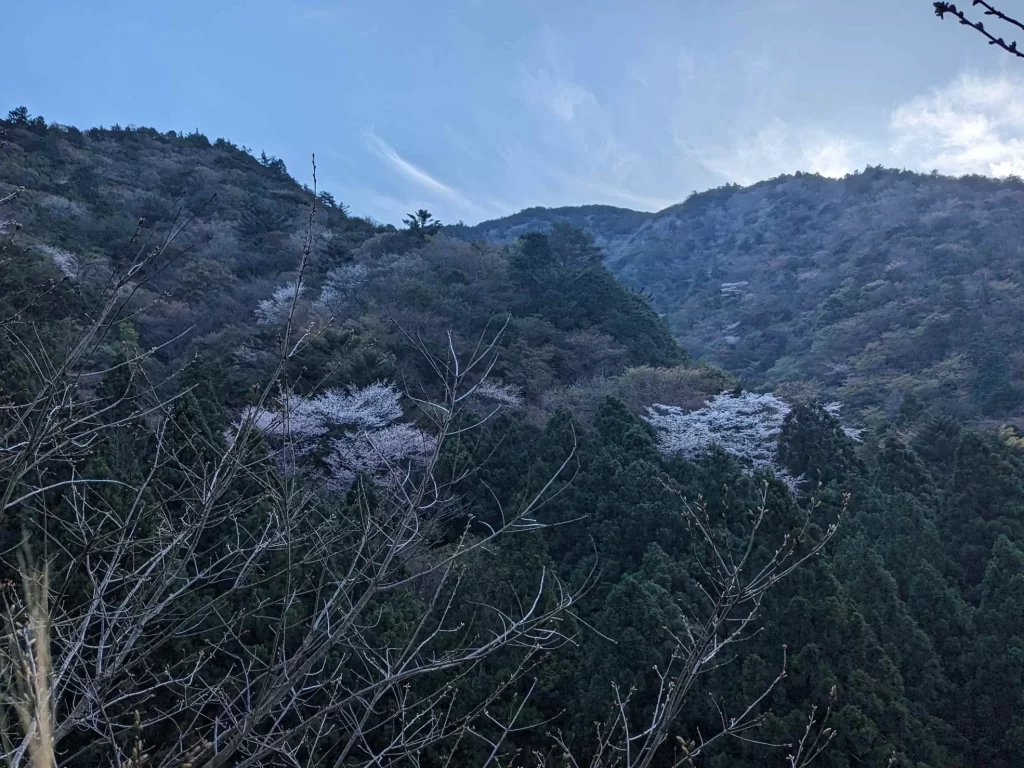

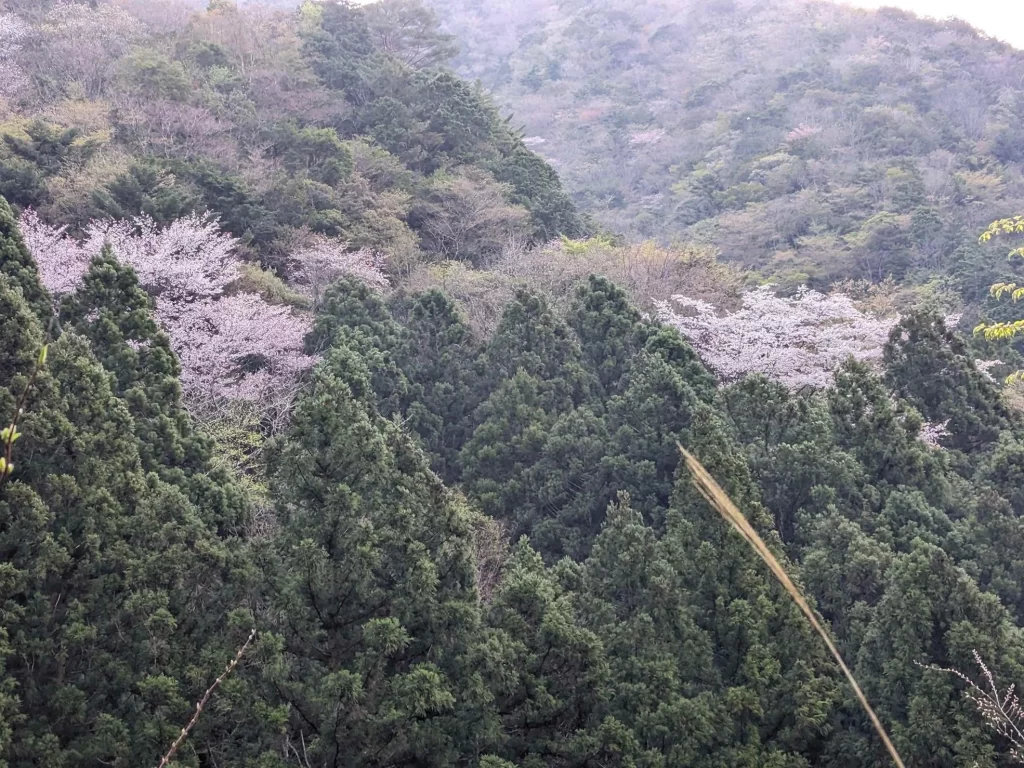
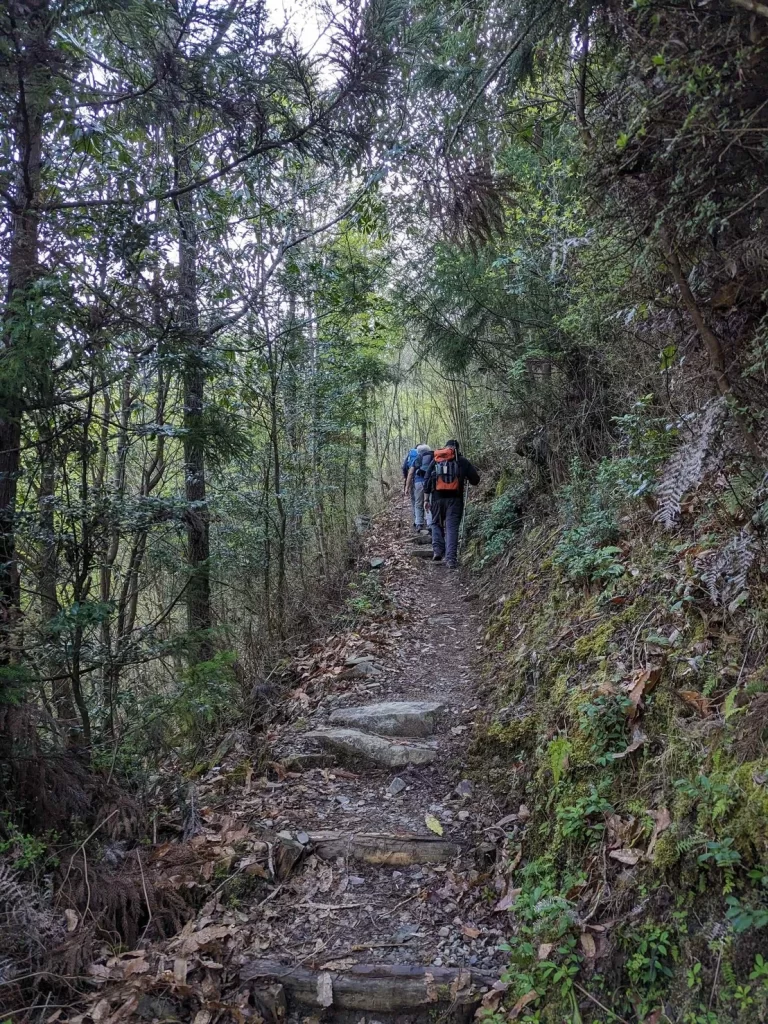
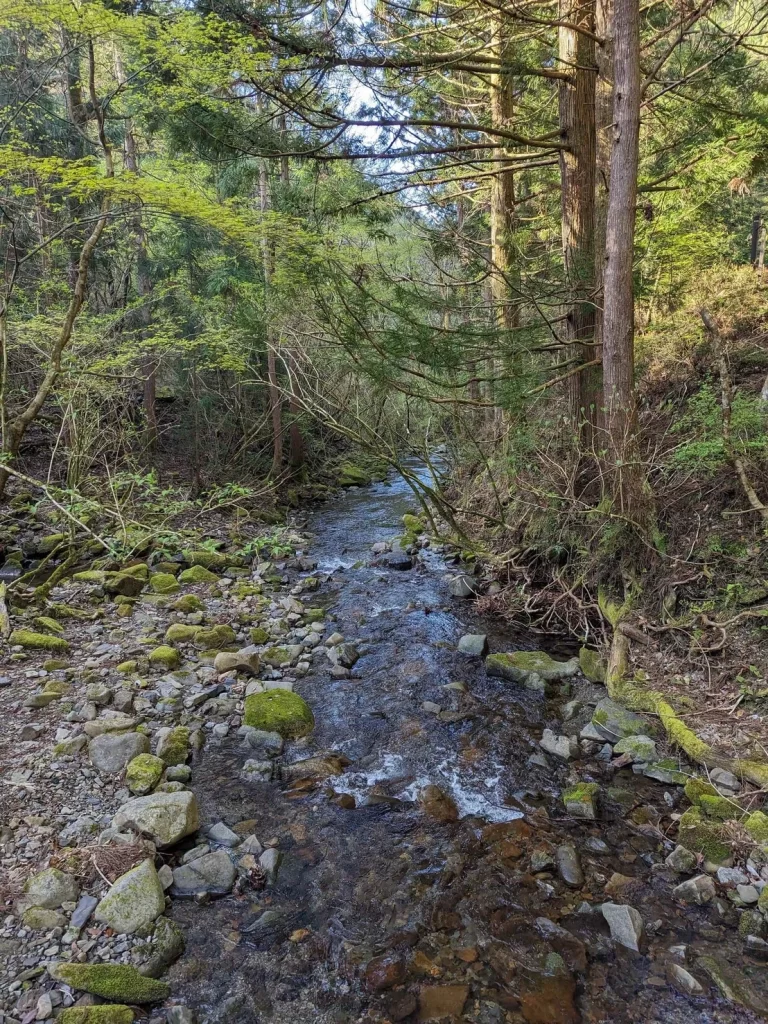
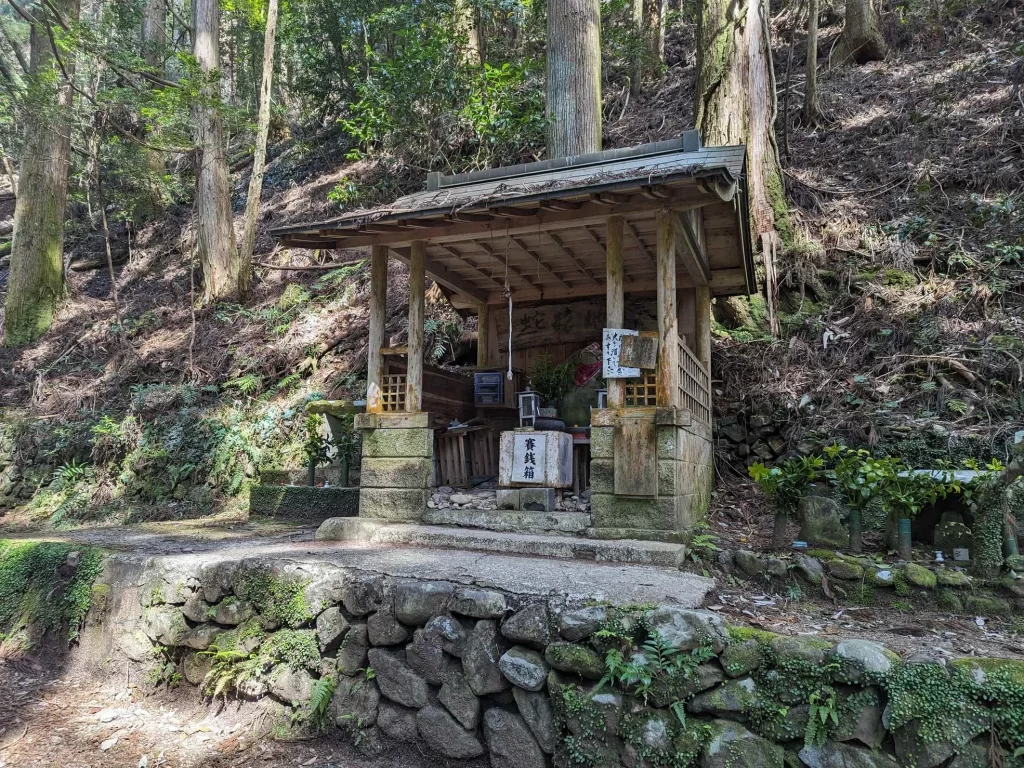


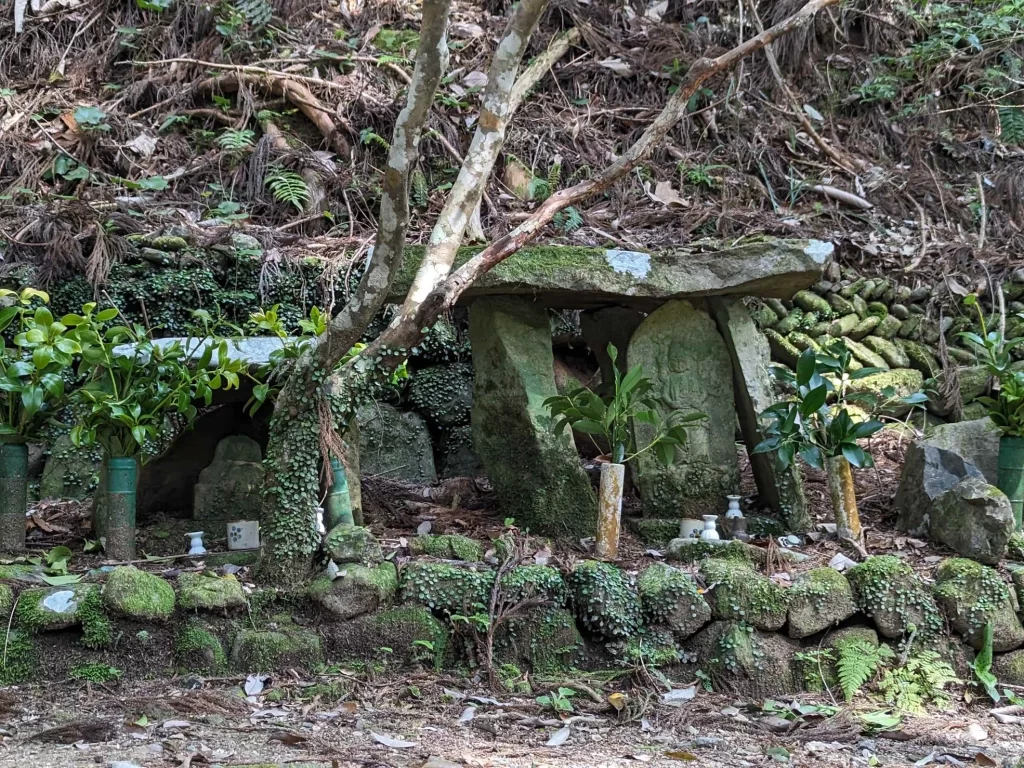
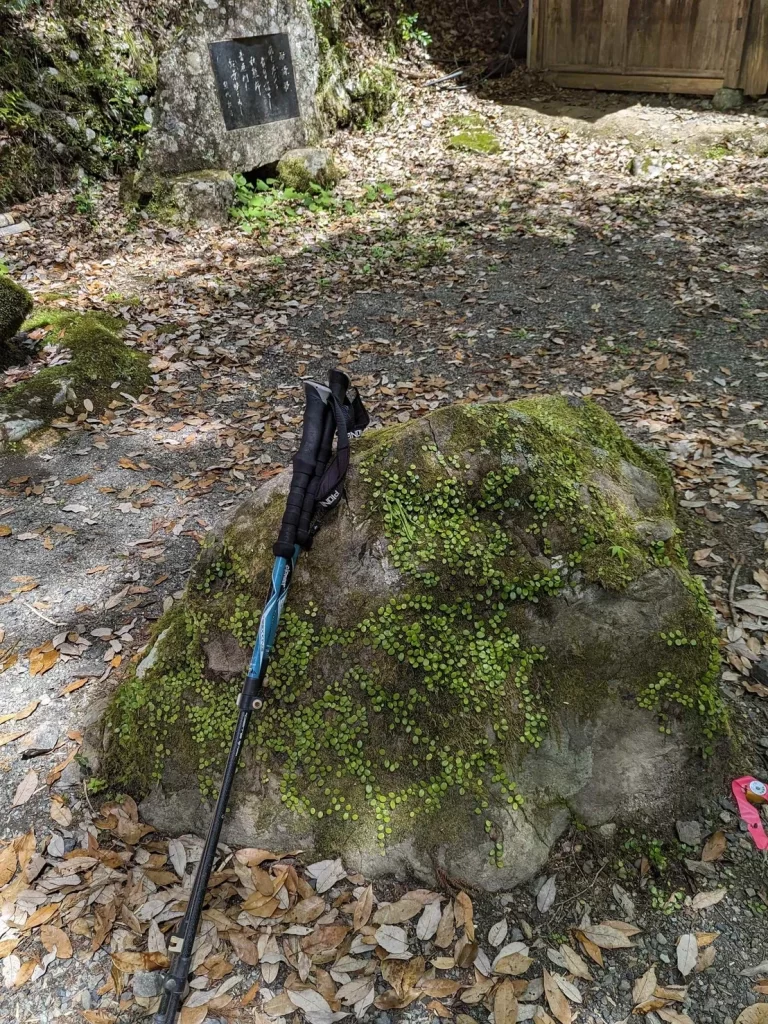
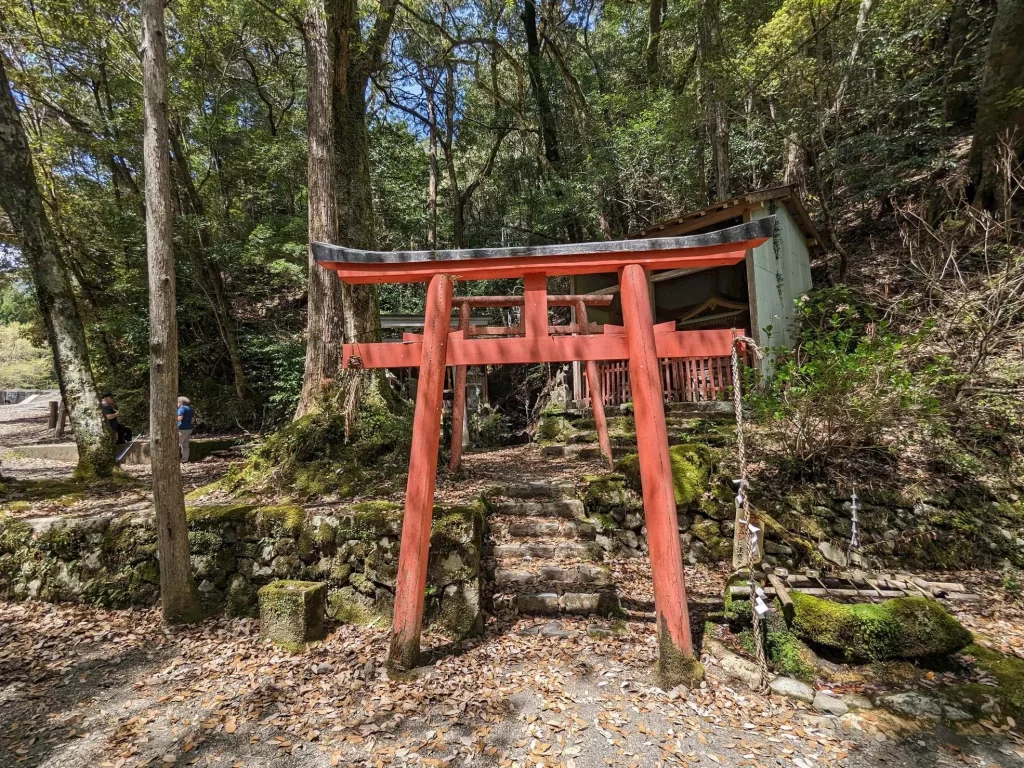
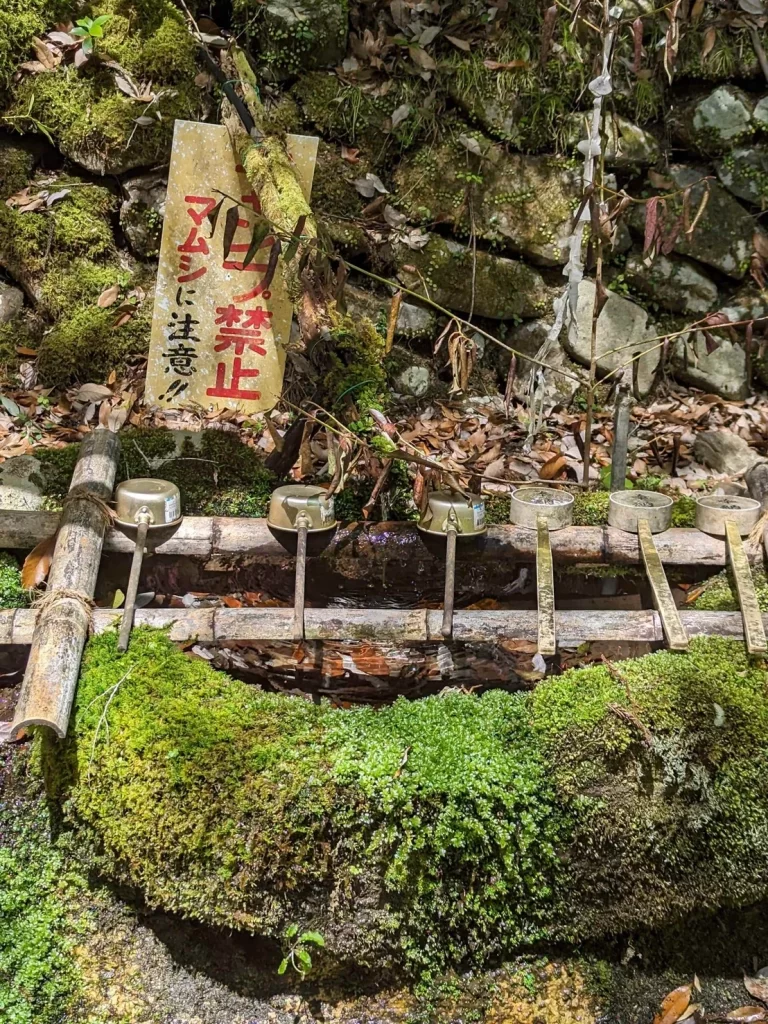
After five hours on the trail we arrived to Hoshinmom-oji, the last major shrine before the Hongu Grand Shrine. Pilgrims would purify themselves here before arriving at the Grand Shrine . I don’t know about purification, but we definitely felt we deserved a nice long lunch break. We’d completed the hardest parts and had another six km of relatively easy walking to go. Or so the guide book said. In reality, even if the route wasn’t the most difficult we had traversed, our fatigue made walking along cobble stoned paths more difficult, the short sharp inclines left us breathless and our muscles were starting to object.
And whilst on the subject of the guide book and the route planning, by and large, it was exceptional. The printed guides and maps were waiting for us in our hotel when we arrived in Osaka, but had also been sent to us online before our arrival to Japan. Each of us had equal access to the guides, and each of us, just like the four sons of the passover seder, had a different view of these holy tomes. Some of us studied every word, some sort of had a look but didn’t get too caught up in it and one of us didn’t even bother looking at it. Those that know us well may be able to guess which of the sons each of us represented, but the comparison was not lost on us. It gave us a good laugh.
As we slowly straggled along the last section of the day’s route, people who had walked the entire, long, hard route starting in Chikatsuru were overtaking us even though they had completed seven kilometres more than us. I must admit I felt a little crestfallen as they passed us with a smug “how you doing?”.
Finally, after about seven hours, we descended into the outskirts of the small town of Hongu. As we walked along the road leading to the back entrance of the Hongu Grand Shrine we passed an unmanned roadside stall loaded with a pile of locally grown mandarins, with writing in Japanese and the number 115. A juicy fresh mandarin seemed like the perfect snack before entering the shrine and 115 yen seemed a fair price.. It wasn’t until we’d finished our mandarins that it dawned on us that perhaps these mandarins weren’t actually for consumption, but were meant to be offerings at the temple. We’d eaten our sacrificial oranges and were about to be cursed by the gods.
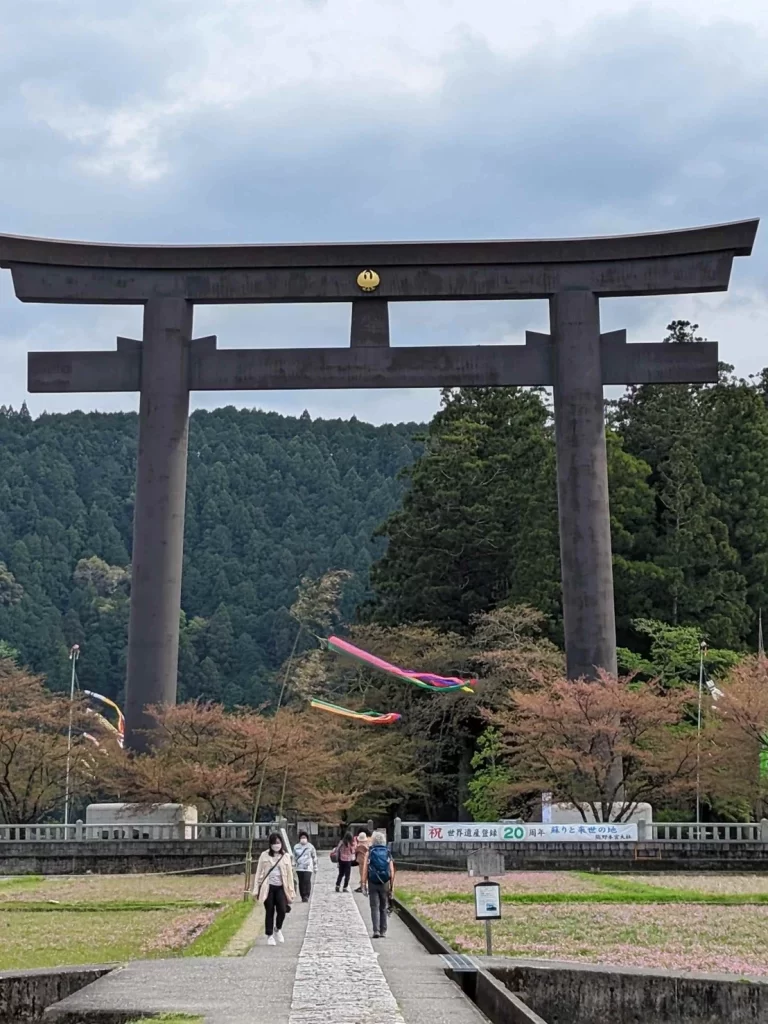
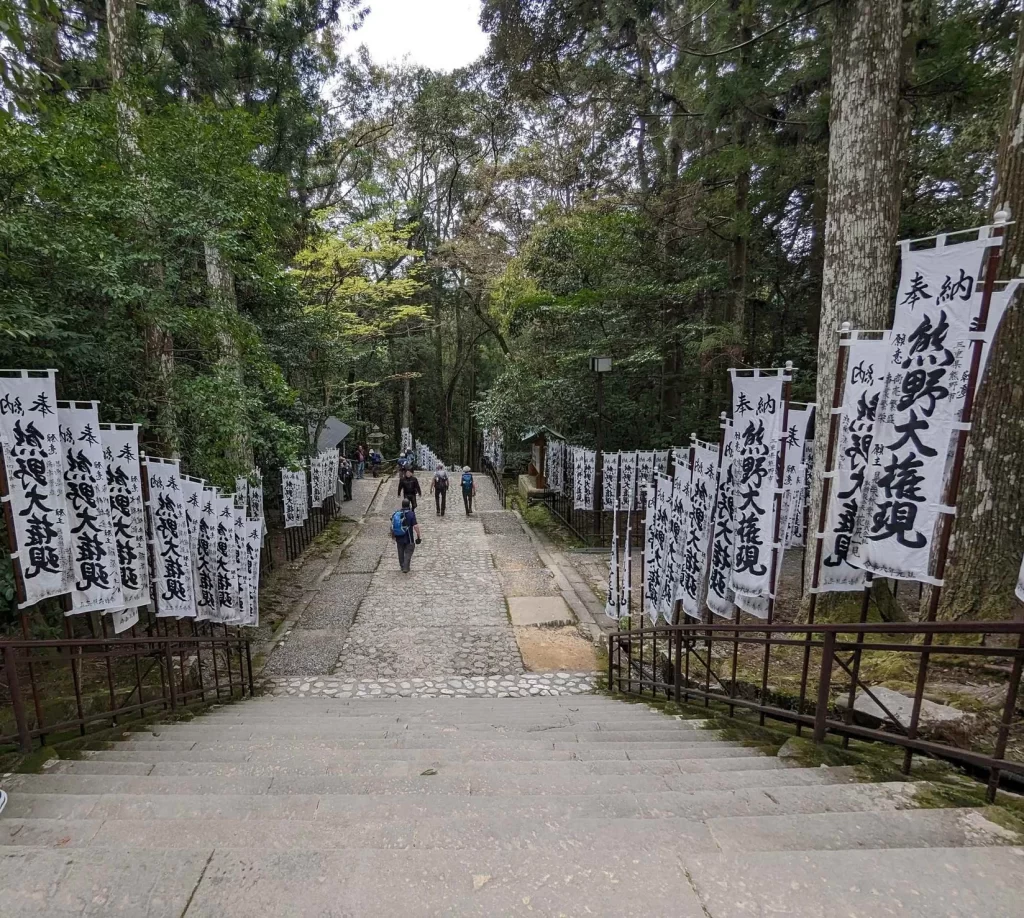

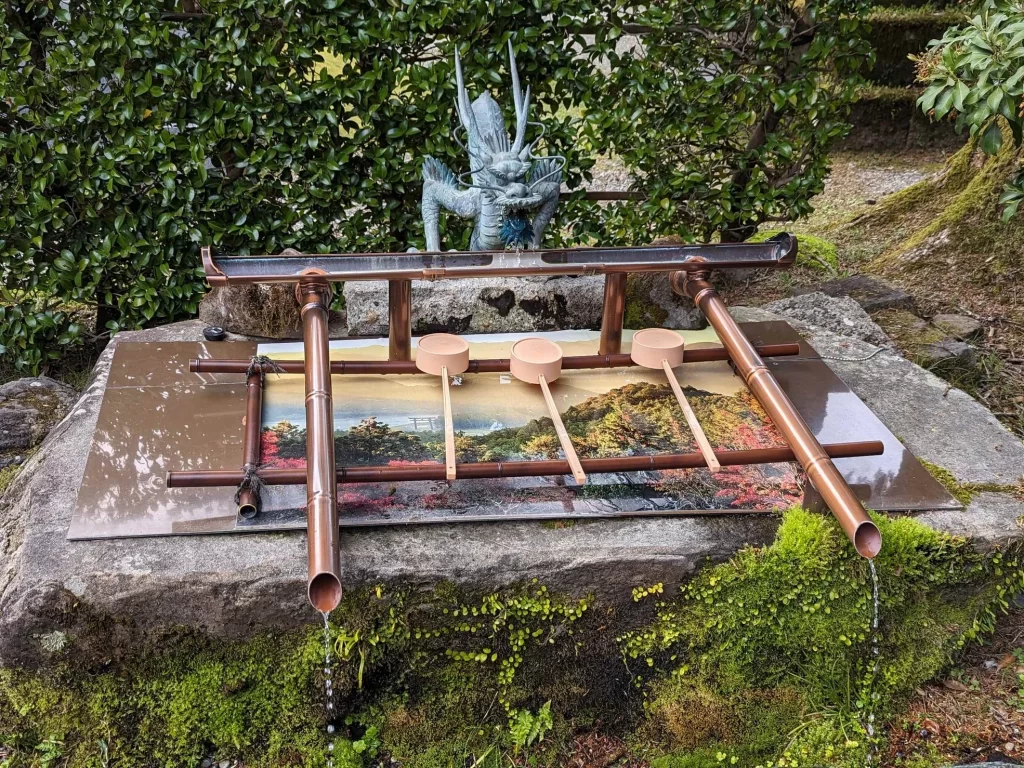

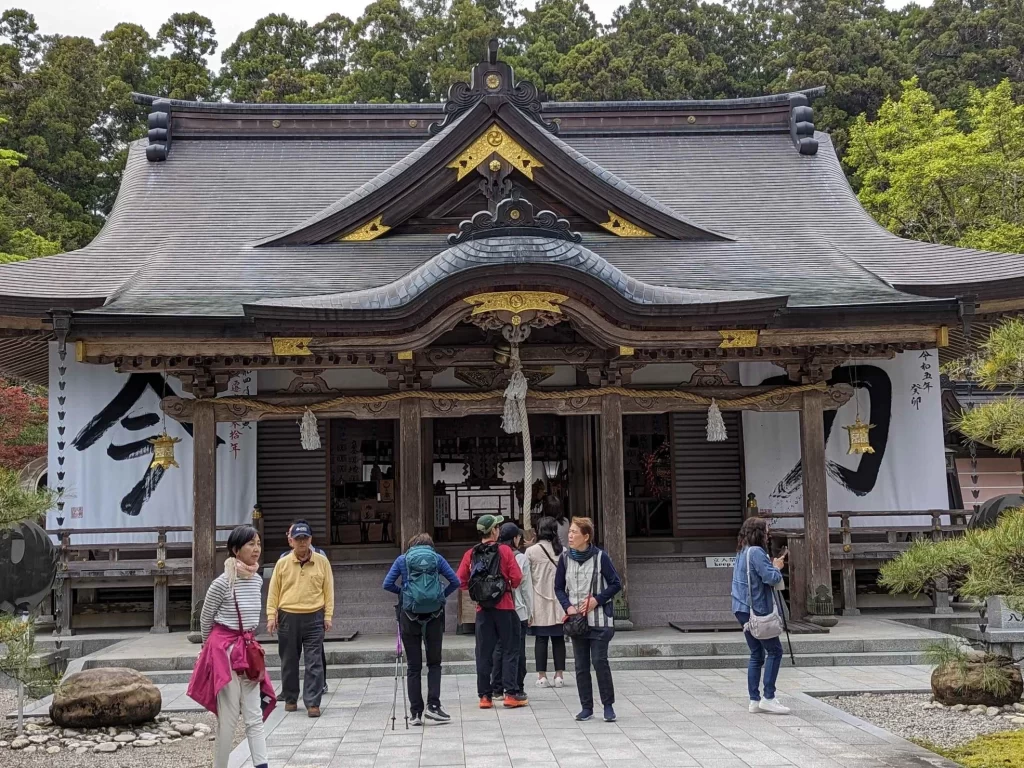

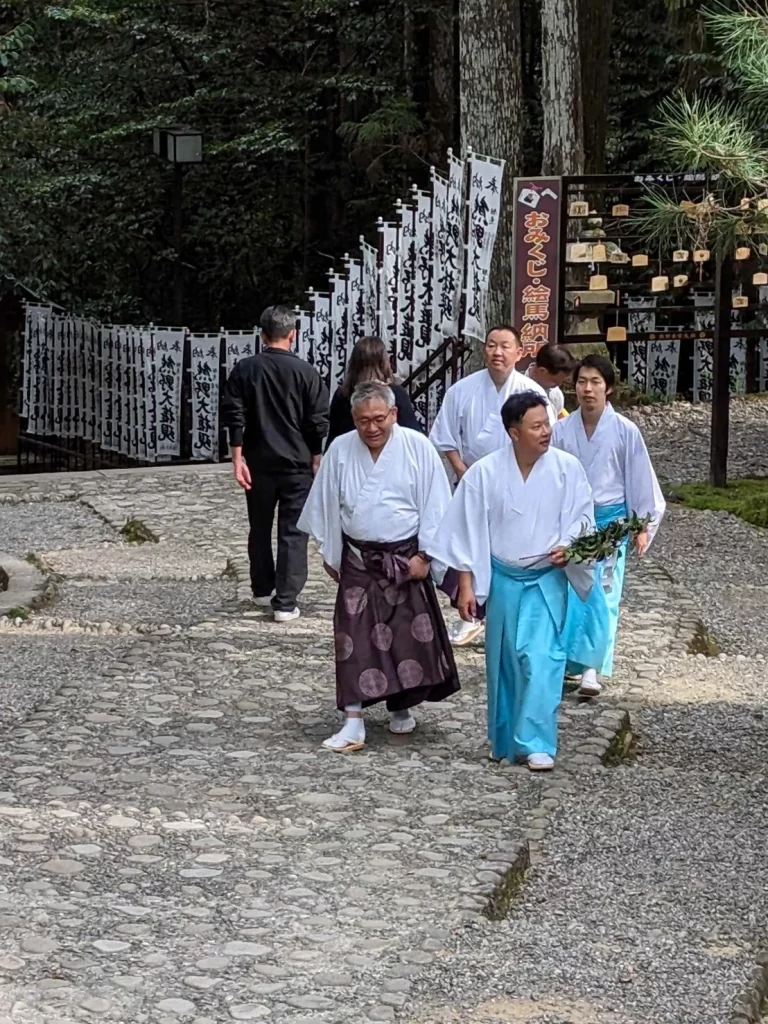
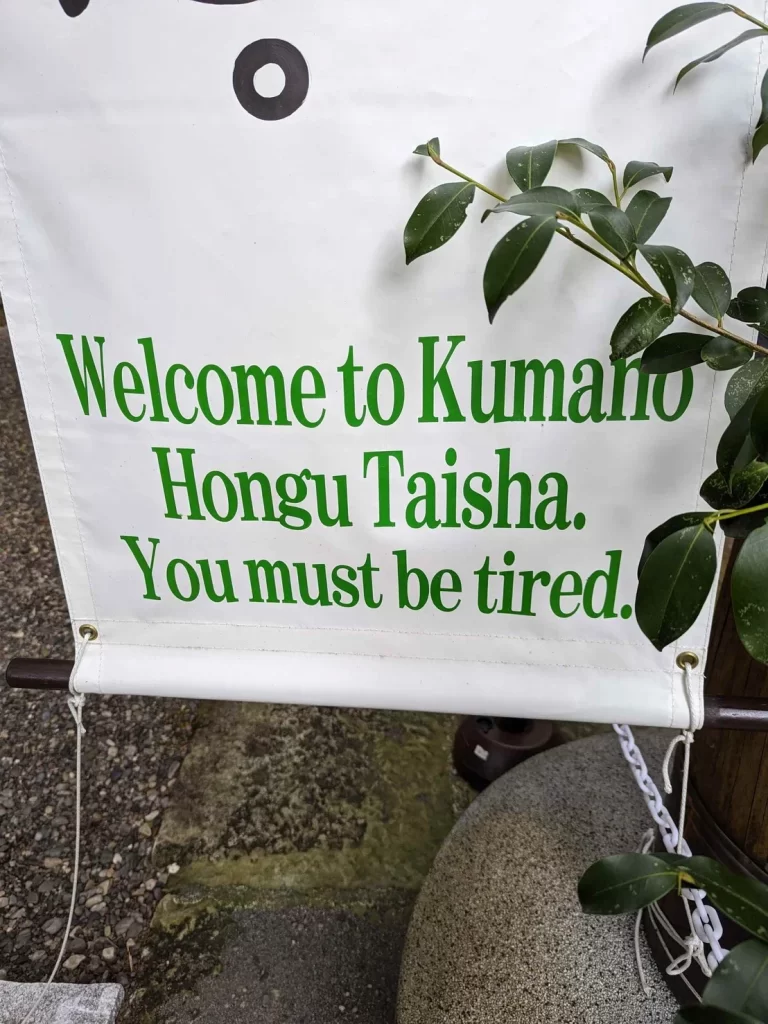
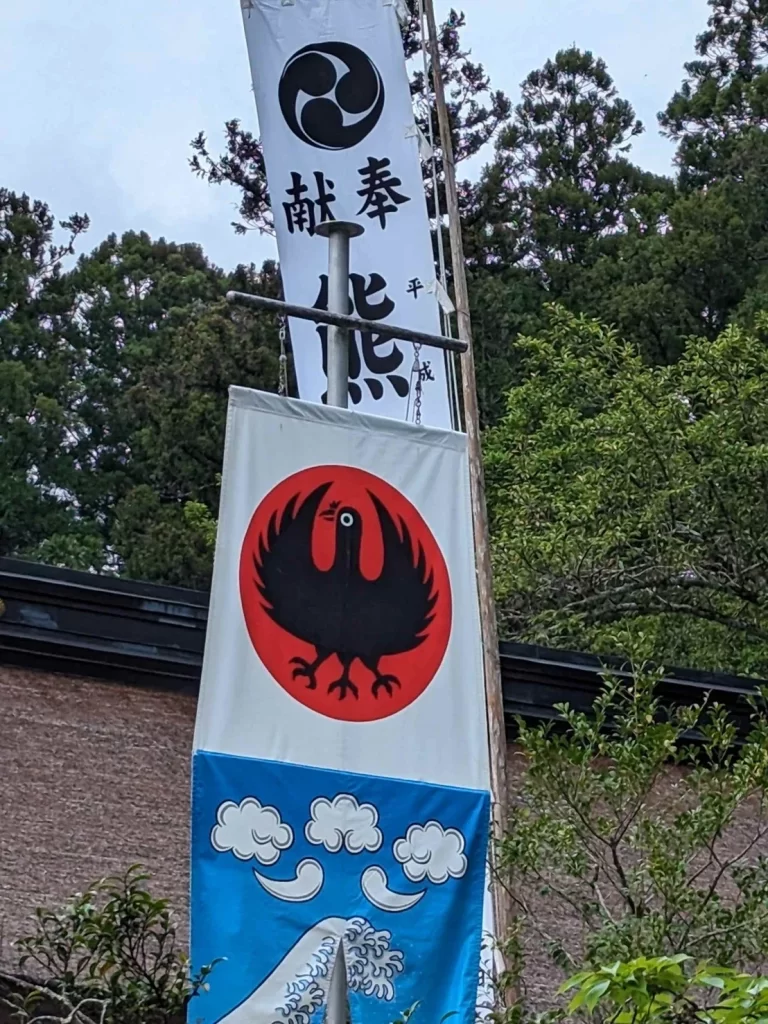
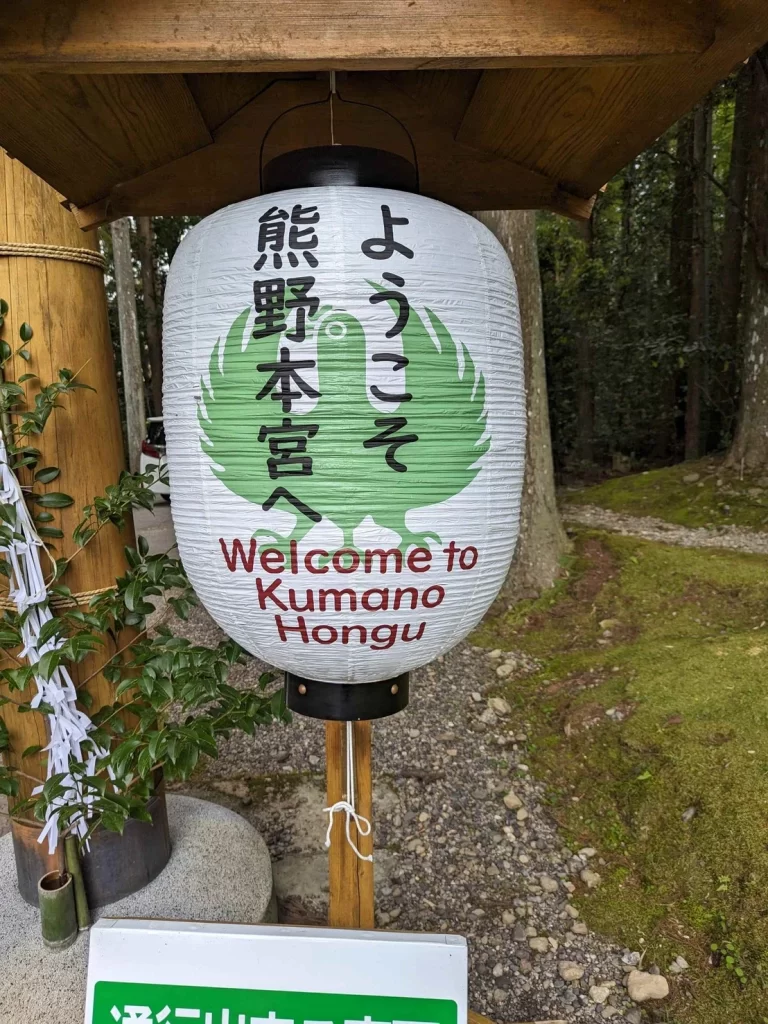
In seriousness, though, I think it would be accurate to say that none of the four of us are especially spiritual. But after 4 days of walking along trails that are part of Japan’s most important pilgrimage paths, and especially today’s long slog where we passed far more temples and shrines than on any of the previous days, I couldn’t help but feel an intangible spirituality, even if the deeper cultural and religious significance was unknown to me.
After soaking up the holiness of the temple complex, we had some time to kill before our bus arrived to take us to Kawayu Onsen, where we were staying the night. Our legs were starting to stiffen after the long walk, so Garry, who is not only the fittest of us, but also trains kids to run in his spare time, had us doing stretches and loosening exercises at the bus stop. It was quite a sight, 3 stiff, groaning old men being instructed by another old man at a public bus stop. Both the Japanese and westerners looking on seemed quite amused. I half expected Garry to get some of the other westerners who had finished the walk to join in with us.
